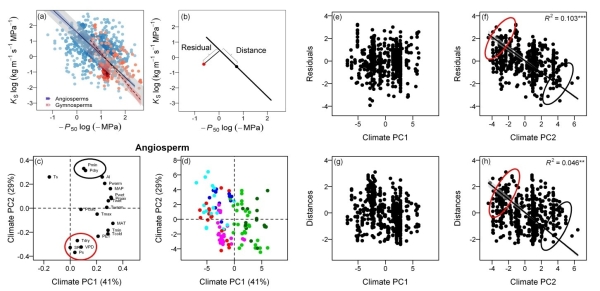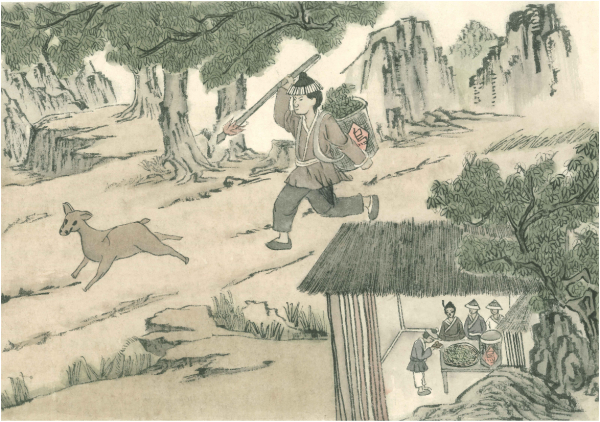

Getting here
-
In April 2019, researchers from South China Botanical Garden (SCBG) of Chinese Academy of Sciences conducted an investigation in Chaozhou, Guangdong Province, and found a strange plant. Since there was no flowering at that time, it was impossible to determine which family member it belongs to. Re...
-
A joint international cooperation key project "Study the sustainability and resilience of forests under different management systems and its impact on livelihoods in Kenya" funded by the National Natural Science Foundation of China and the United Nations Environment Programme (NSFC-UNEP) was laun...
-
A research into aroma formation in Chinese oolong tea has revealed the role of continuous wounding of tea leaves and low temperature during processing.
Oolong is a semi-oxidized tea known for its elegant fruity and floral aroma. It is produced through a process including withering, rolling an...
-
A classic theory proposes that plant xylem cannot be both highly efficient in water transport and resistant to embolism, and therefore a hydraulic efficiency-safety trade-off should exist. However, the tradeoff is weak and many species exhibit both low efficiency and low safety, falling outside o...
-
Recently, under the guidance of Prof. YANG Ziyin, the research group from South China Botanical Garden of Chinese Academy of Sciences published a review entitled “Chinese oolong tea: An aromatic beverage produced under multiple stresses” in Trends in Food Science & Technology.
Tea has been ...

Tel:0086-20-38314070 Email:yuyan@scbg.ac.cn
Address:No.723,Xingke Road,Tianhe District,Guangzhou,China Postcode:510650
Copyright©South China Botanical Garden All Right Reserved, Powered by scbg.ac.cn


 A classic theory proposes that plant xylem cannot be both highly efficient in water transport and resistant to embolism, and therefore a hydraulic efficiency-safety trade-off should exist. However, the tradeoff is weak and many species exhibit both low efficiency and low safety, falling outside o...
A classic theory proposes that plant xylem cannot be both highly efficient in water transport and resistant to embolism, and therefore a hydraulic efficiency-safety trade-off should exist. However, the tradeoff is weak and many species exhibit both low efficiency and low safety, falling outside o... SCBG researchers review mechanism of aroma formation in Chinese oolong tea during enzymatic reaction stages[2020-10-16]Recently, under the guidance of Prof. YANG Ziyin, the research group from South China Botanical Garden of Chinese Academy of Sciences published a review entitled “Chinese oolong tea: An aromatic beverage produced under multiple stresses” in Trends in Food Science & Technology.
SCBG researchers review mechanism of aroma formation in Chinese oolong tea during enzymatic reaction stages[2020-10-16]Recently, under the guidance of Prof. YANG Ziyin, the research group from South China Botanical Garden of Chinese Academy of Sciences published a review entitled “Chinese oolong tea: An aromatic beverage produced under multiple stresses” in Trends in Food Science & Technology.
